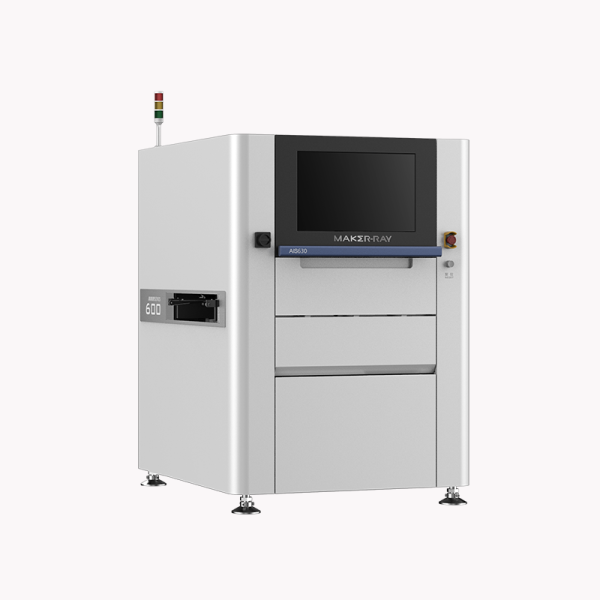Visual inspection is a process of examining images, usually photographs, to detect or locate defects, abnormalities, or other problems. It helps companies and individuals to inspect quality levels and identify where improvements should be made. In this article, we’re going to explore the pros of automated visual inspection as well as how you can put it to work for your business!
What is automated visual inspection
Automated visual inspection is a process of inspecting parts or assemblies visually to detect defects, breakages, and other problems. Automated visual inspection can help your business improve quality, detect defects earlier, and save time and money.
The benefits of automated visual inspection
Automated visual inspection is a process that can be used to identify and diagnose potential problems with products before they reach customers. This process can help to ensure that products are of the highest quality and that customers receive products that meet their expectations.
There are many benefits to using automated visual inspection in your business. Below are just a few of the benefits:
-It can help to improve product quality. By identifying potential problems early, you can avoid issues with the product itself. This can keep customers happy, and lead to more sales in the long run.
-It can save you time and money. By identifying potential problems before they become serious, you can avoid dealing with them later on. This can save you both time and money, as repairs or replacements may not be necessary.
-It can help to prevent accidents from happening. By monitoring products closely, you can detect issues before they cause any damage. This can prevent any accidents from happening, and ensure customer satisfaction throughout the entire process.
How to use automated visual inspection
Automated visual inspection is a technology that can be used in business to improve safety and quality. Here are some tips on how to get started:
- Determine what needs to be inspected. Automated visual inspection can help identify potential problems with products, processes, and equipment. However, it’s important to decide which areas need attention first. Consider what risks your business is exposed to and how best to address them.
- Choose the right tools and software. Automated visual inspection technologies come in different forms and require different tools and software to operate correctly. You’ll need to find a system that fits your specific needs and meets your quality standards.
- Train staff members on how to use the system. Staff members will need some training on how to use the system properly for it to be effective.
What to look for in an automated visual inspection
When it comes to keeping your business running smoothly, there’s no question that automated visual inspection (AVI) is an essential tool. But what should you look for in an AVI system? In this blog post, we’ll explore some key factors to consider when selecting the right AVI system for your business.
Conclusion
Business owners face many challenges, but one that is particularly difficult to solve is taking the time to conduct a thorough visual inspection of the products they manufacture or sell. With the help of automatic visual inspection, you can automate this task, saving valuable time and effort for other purposes. Don’t hesitate, to contact MAKER-RAY now, and make automated visual inspection a huge advantage for your business.




